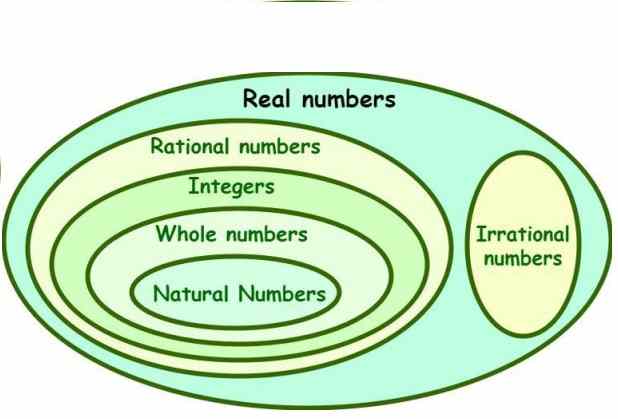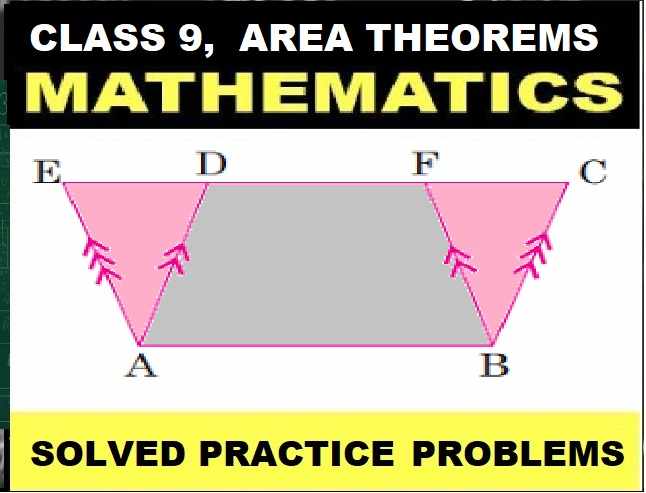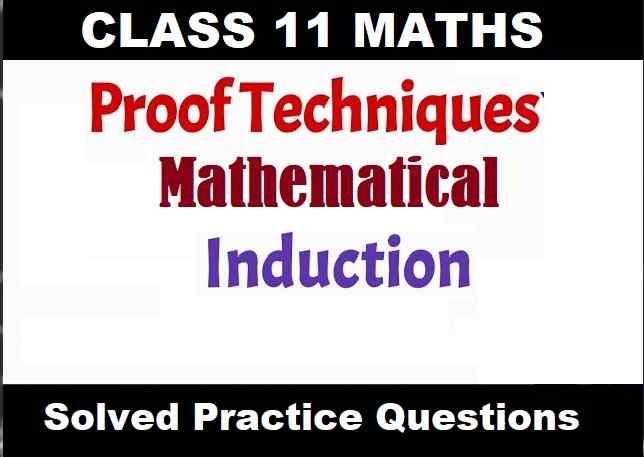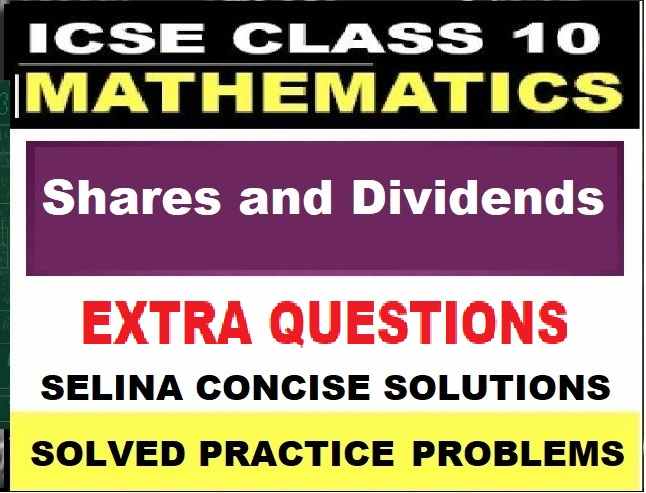Rational Numbers Class 8 RS Aggarwal Exe-1A Goyal Brothers Prakashan ICSE Foundation Maths Solutions. We provide step by step Solutions of lesson-1 Rational Numbers about Natural, Whole, Integers, Rational Numbers . Our Solutions contain all type Questions of Exe-1 A to develop skill and confidence. Visit official Website CISCE for detail information about ICSE Board Class-8 Mathematics.

Rational Numbers Class 8 RS Aggarwal Exe-1A Goyal Brothers ICSE Maths Solutions
| Board | ICSE |
| Publications | Goyal Brothers Prakshan |
| Subject | Maths |
| Class | 8th |
| writer | RS Aggarwal |
| Book Name | Foundation |
| Topics | Natural, Whole, Integers, Rational Numbers |
| Edition | 2024-2025 |
Natural, Whole, Integers, Rational Numbers, Number Line Representaion, Comparison
Rational Numbers Class 8 RS Aggarwal Exe-1A Goyal Brothers Prakashan ICSE Foundation Maths Solutions.
Page- 12,13
Exercise- 1A
(Natural, Whole, Integers, Rational Numbers, Number Line Representaion, Comparison)
Que-1: Express -64/112 as a rational number with denominator 7.
Solution- We can divide both the numerator and the denominator by their greatest common divisor (GCD), which is 16.
So, -64/112 = -64 ÷ 16 / 112 ÷ 16
= -4/7.
Now, we have the simplified fraction -4/7, which already has a denominator of 7.
Que-2: Express -48/60 as a rational number with denominator 25.
Solution- The fraction −48/60 by dividing both the numerator and the denominator by their greatest common divisor, which is 12:
−48/60 = (−48÷12)/(60÷12) = −4/5
Now, to express this fraction with a denominator of 25, we need to multiply both the numerator and the denominator by a factor that will result in a denominator of 25. Since 5 times 5 equals 25, we can multiply both the numerator and the denominator by 5:
−4/5×5/5 = −20/25 Ans.
Que-3: Express each of the following rational number in standard form :
(i) -12/30 (ii) -14/49 (iii) 24/-64 (iv) -36/-63
Solution- (i) The greatest common divisor of 12 and 30 is 6. So, we can simplify the fraction as follows:
−12/30 = (−12÷6)/(30÷6)
=−2/5
(ii) the fraction by dividing both the numerator and the denominator by their greatest common divisor, which is 7:
−14/49 = (−14÷7)/(49÷7)
=−2/7
(iii) let’s find the greatest common divisor (GCD) of 24 and -64, which is 8.
Now, divide both the numerator and denominator by the GCD:
24/−64 = (24÷8)/(−64÷8)
= 3/−8
(iv) let’s simplify the fraction by dividing both the numerator and the denominator by their greatest common divisor, which is 9:
−36/−63 = (−36÷9)/(−63÷9)
= 4/7
Que-4: Compare the following pairs of rational numbers :
(i) 15/32 and 17/24 (ii) 10/11 and 17/18
(iii) -5/12 and -3/4 (iv) -7/24 and 9/-20
Solution- (i) The least common multiple (LCM) of 32 and 24 is 96. Now, let’s convert each fraction so that they both have a denominator of 96:
15/32 becomes (15×3)/(32×3) =45/96
17/24 becomes (17×4)(/24×4) =68/96
Now, we can compare the numerators:
45<68
Since 45 is less than 68, 15/32<17/24.
So, 1532 < 17/24.
(ii) Let’s use the second method (cross-multiplication):
For 10/11 and 17/18 :
Cross-multiplying:
10×18 = 180
17×11=187
Since 187>180, we conclude that 17/18 > 10/11.
So, 17/18>10/11.
(iii) The least common multiple (LCM) of 12 and 4 is 12.
Now, let’s convert both fractions so they have a common denominator of 12 :
−5/12 remains −5/12
−3/4 becomes (−3×3)/(4×3) = −9/12
Now that both fractions have the same denominator, we can compare their numerators.
The numerator of -5/12 is -5, and the numerator of -3/4 is -9.
Since -9 is less than -5, −3/4 is less than −5/12.
So, −3/4<−5/12.
(iv) First, let’s rewrite the fractions with a common denominator, which is the least common multiple (LCM) of 24 and 20, which is 120:
(−7/24)×(5/5) = −35/120
(9/−20)×(6/6) = −54/120
Now, we can see that both fractions have the same denominator, so we only need to compare their numerators:
For −7/24, the numerator is -35.
For 9/−20, the numerator is -54.
Since -54 is less than -35, 9/−20 is smaller than −7/24.
Therefore, −7/24>9/−20.
Que-5: Arrange in ascending order :
(i) 5/6, 7/9, 11/12 and 13/18 (ii) 5/-7, -9/14, -5/6 and 7/-12 (iii) -2, 1/3, -13/6 and 8/-3 (iv) 13/-28, -23/42, -4/7 and -9/14
Solution- (i) 13/18, 7/9, 5/6, 11/12
(ii) -5/6, 5/-7, -9/14, 7/-12
(iii) 8/-3, -13/6, -2, 1/3
(iv) -9/14, -4/7, -23/42, 13/-28
Que-6: Represent each of the following numbers on the number line :
(i) 5/6 (ii) 14/3 (iii) -3/7 (iv) -17/5 (v) -2*(2/7)
Solution- update soon
Que-7: State whether each of the following statements is true or false :
(i) Every whole number number is a rational number.
(ii) Every integers is a rational number.
(iii) 2/3 = (2 + 4)/(3 + 4)
(iv) -5/6 < -6/5
(v) -3/-4 is a negative rational number.
(vi) 0 is a whole number but it is not a rational number.
Solution- (i) True
(ii) True
(iii) False
(iv) False
(v) False
(vi) False
Que-8: Represent 13/5 and -13/5 on the number line.
Solution- update soon
— : End of Rational Numbers Class 8 RS Aggarwal Exe-1A Goyal Brothers Solutions :–
Return to- ICSE Class -8 RS Aggarwal Goyal Brothers Math Solutions
Thanks
Please share with yours friends if you find it helpful.



This is very bad website not updated from 2 years
update in next session